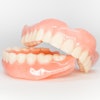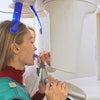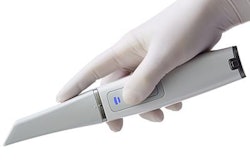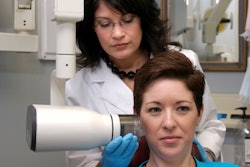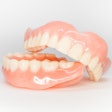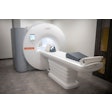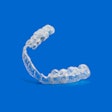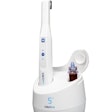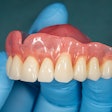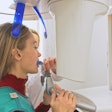Dear Imaging Insider,
Imaging has helped diagnose and reconstruct an 11-year-old girl's lower jaw, which had eroded due to a growing benign tumor. The girl underwent years of x-rays and computed tomography scans to monitor her progress.
The new case report detailed how clinicians removed a unicystic ameloblastoma, reconstructed the girl's jaw using a bone from her pelvis, and inserted dental prosthetics. Read more about the girl's journey to complete rehabilitation in our Insider Exclusive.
In other news, did you know an ordinary smartphone could be used to identify the oral bacteria that cause dental plaque? University of Washington researchers converted a smartphone into a mobile multispectral imaging system that illuminates plaque through light-emitting diode (LED) images. The smartphone-enabled system offers a fast, low-cost, easy-to-use method that dental patients potentially could use at home to assess whether they have harmful oral bacteria.
Also, a chest x-ray helped identify a 9.5-mm dental crown discovered in the lung of an 81-year-old man admitted to the hospital for meningitis. Patients with respiratory alterations or those who appear to have missing dental elements or loosening teeth following an accident or emergency should undergo imaging to prevent serious complications, according to the international team of authors.
Could advanced facial imaging provide clues to human evolution? Researchers used facial similarities in siblings to develop a new way to capture the 3D shape of the human face. The technique helped identify previously unknown connections between facial features and genetics, which could lead to better understanding of human evolution and positively affect surgical planning.
Additionally, the U.S. Food and Drug Administration (FDA) released updated information about temporomandibular disorder (TMD) and temporomandibular mandibular joint (TMJ) implants, including the number of reported adverse events and ways the agency is engaging with patients. An influx of adverse event reports related to TMJ implants prompted the FDA to boost engagement with patients diagnosed with TMD and to review postmarket studies.
Finally, dentists should not replace conventional fixed dental x-ray machines with handheld intraoral x-ray units, according to a recent editorial. Dr. James Geist from the University of Detroit Mercy School of Dentistry explained that portable x-ray devices can offer some benefits, but dentists should not rely solely on handheld units.
For even more news, be sure to visit the Imaging Community and check out the links below.

